
Flushing
Queens
Queens


Financial District
Manhattan
Horizontal City / New York
Neighborhood Research and Data Visualization
The Horizontal City neighborhood research highlights a distinct aspect of
New York City, focusing on its horizontal character—referred to as the city's
'public floor'—rather than its vertical skyline. Utilizing open-source urban
data and visualization tools, the drawings offer insights into the city's
micro-climates and daily social interactions in its open spaces. Particularly
important are the twelve thousand miles of sidewalks that connect indoor and
outdoor, private and public realms. These sidewalks experience shifting
environmental conditions, especially in areas with urban shade. They also host
micro-urban infrastructure (e.g., kiosks, dining sheds), which prompt social
gathering. The resulting 'ephemeral city' provides valuable insights for people-centered
urban design and planning.
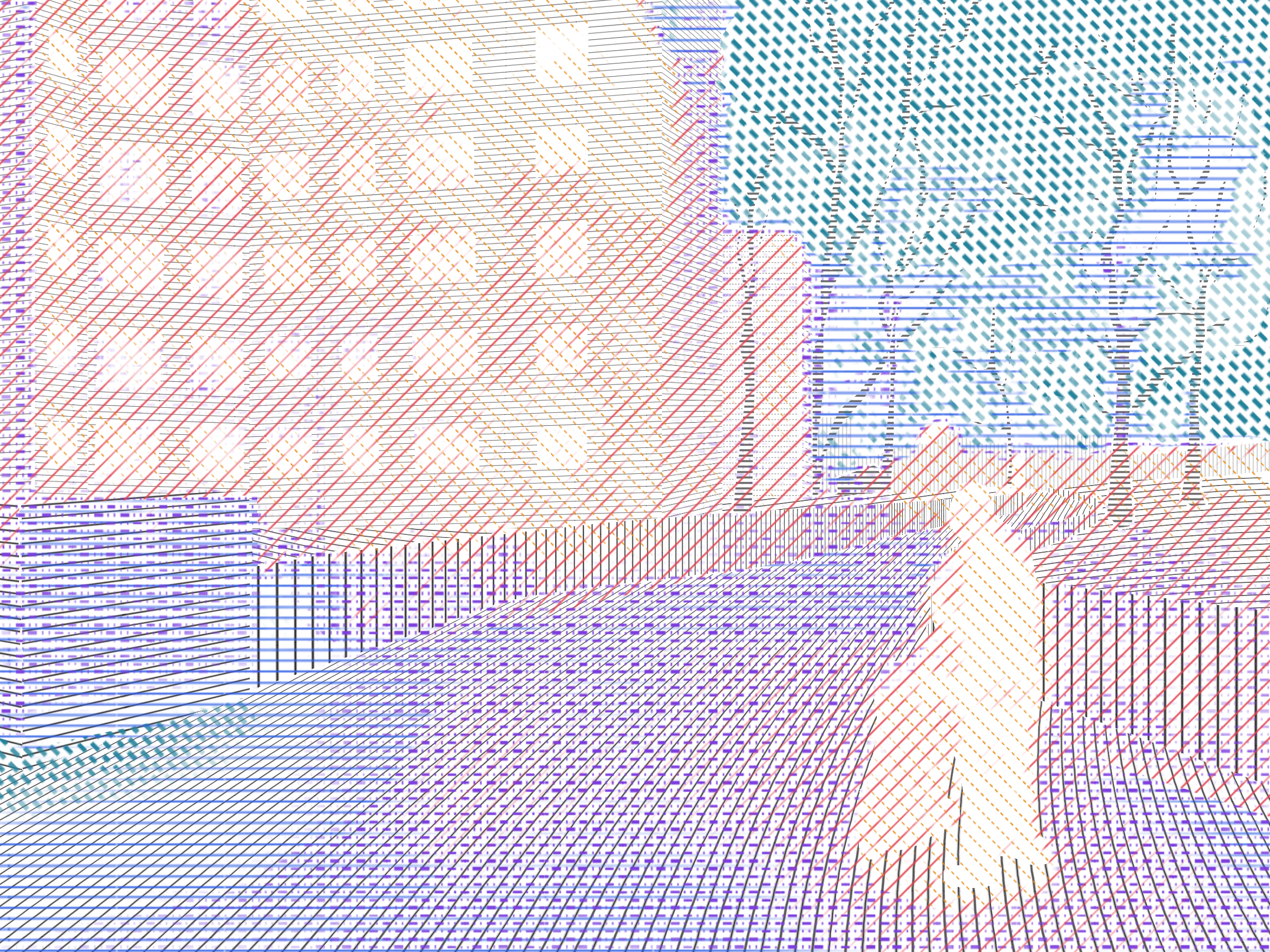
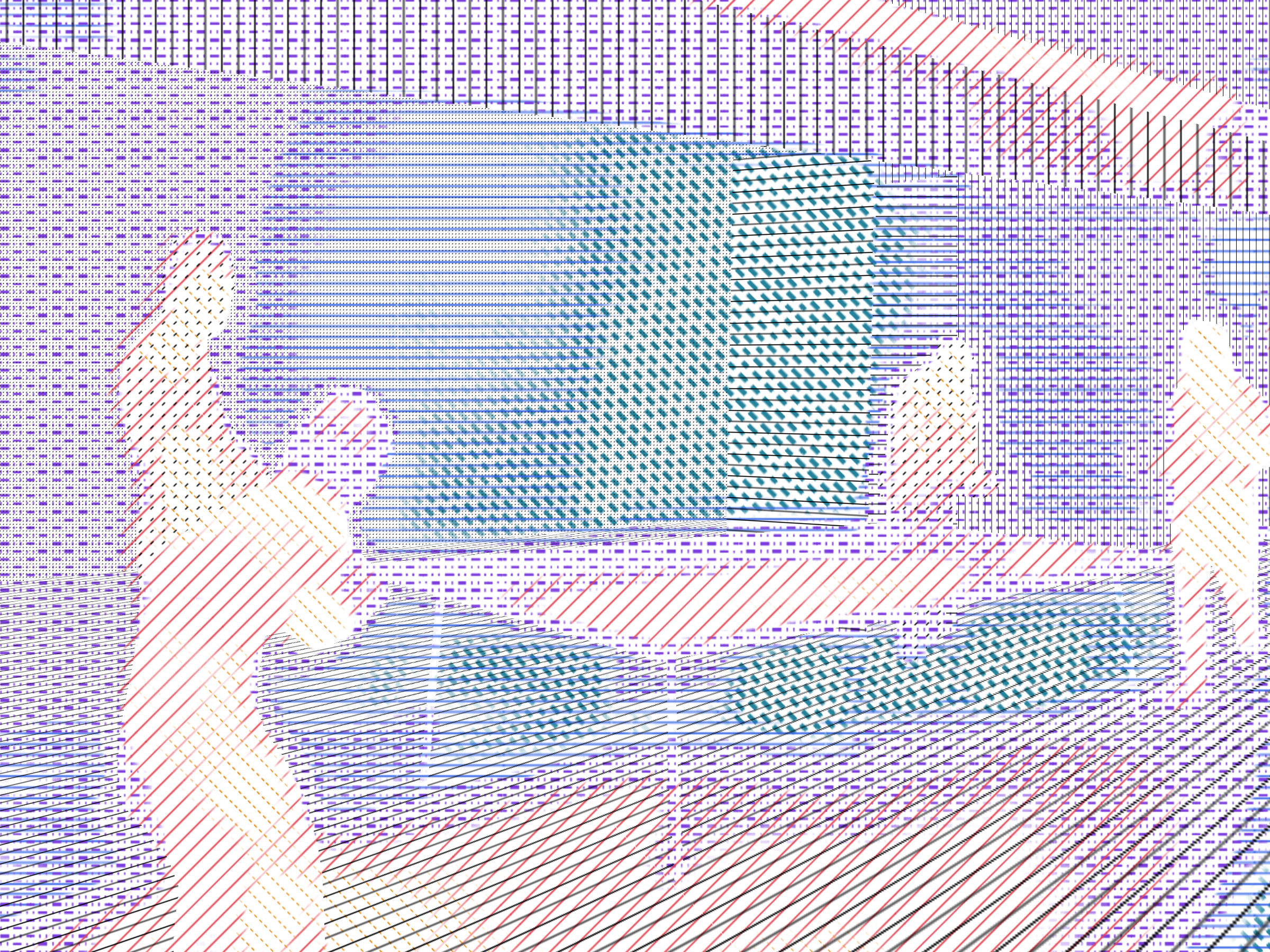
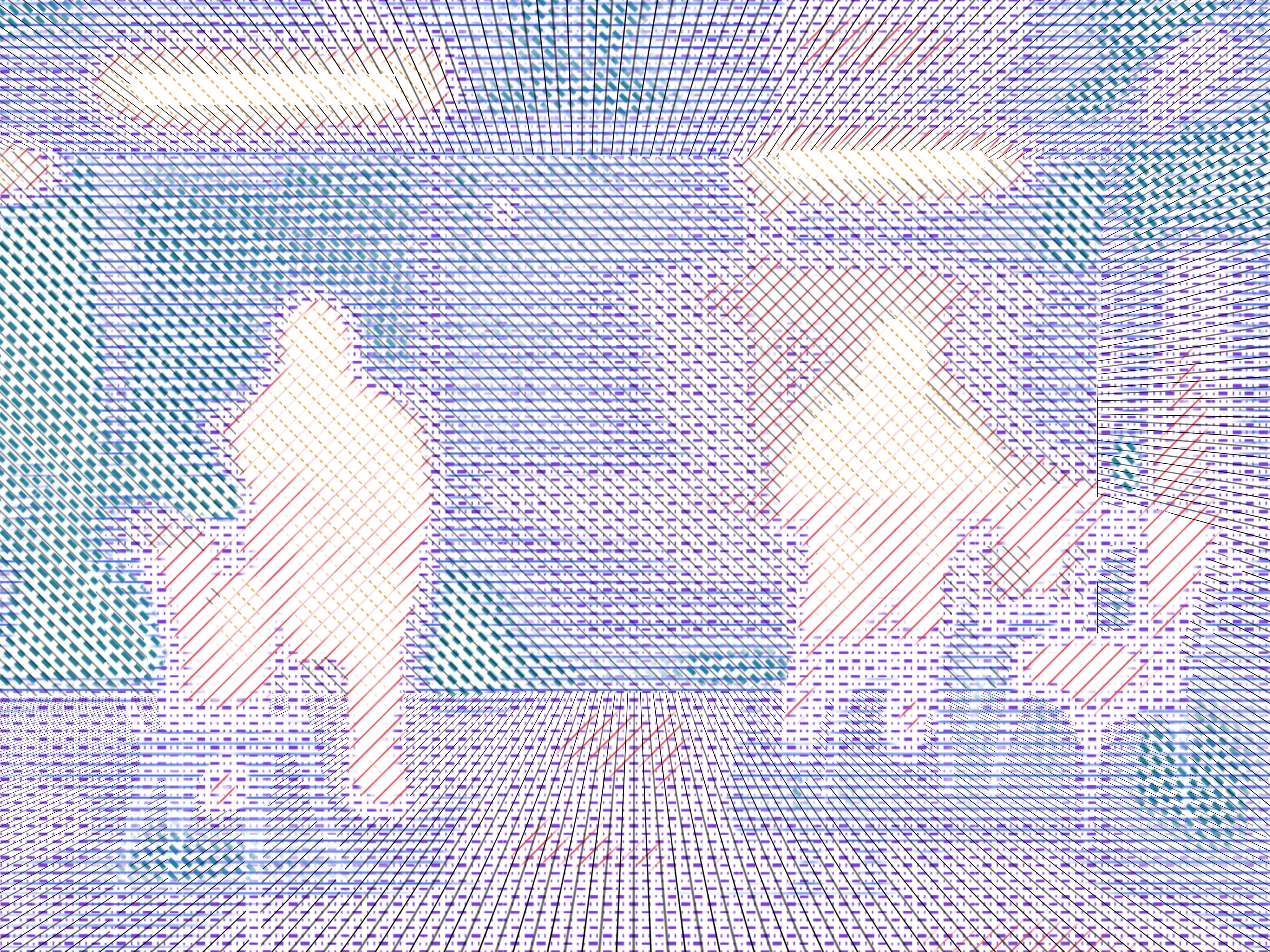


Urban research indicates that neighborhoods with the least shade—often at-risk communities—have the highest heat vulnerability index. Across the five boroughs, neighborhoods with poor outdoor comfort can experience summer sidewalk surface temperatures up to thirty degrees hotter. The analysis of each neighborhood is paired with a community story, highlighting the lived experiences of the residents. In the context of our climate crisis, it is essential to improve outdoor comfort by creating open spaces with more trees and incorporating architectural forms of heat mitigation (e.g., shade structures, building elements). These cooler micro-climates reduce heat risk, improve health, and can encourage a greater community focus in the allocation of city resources and amenities.
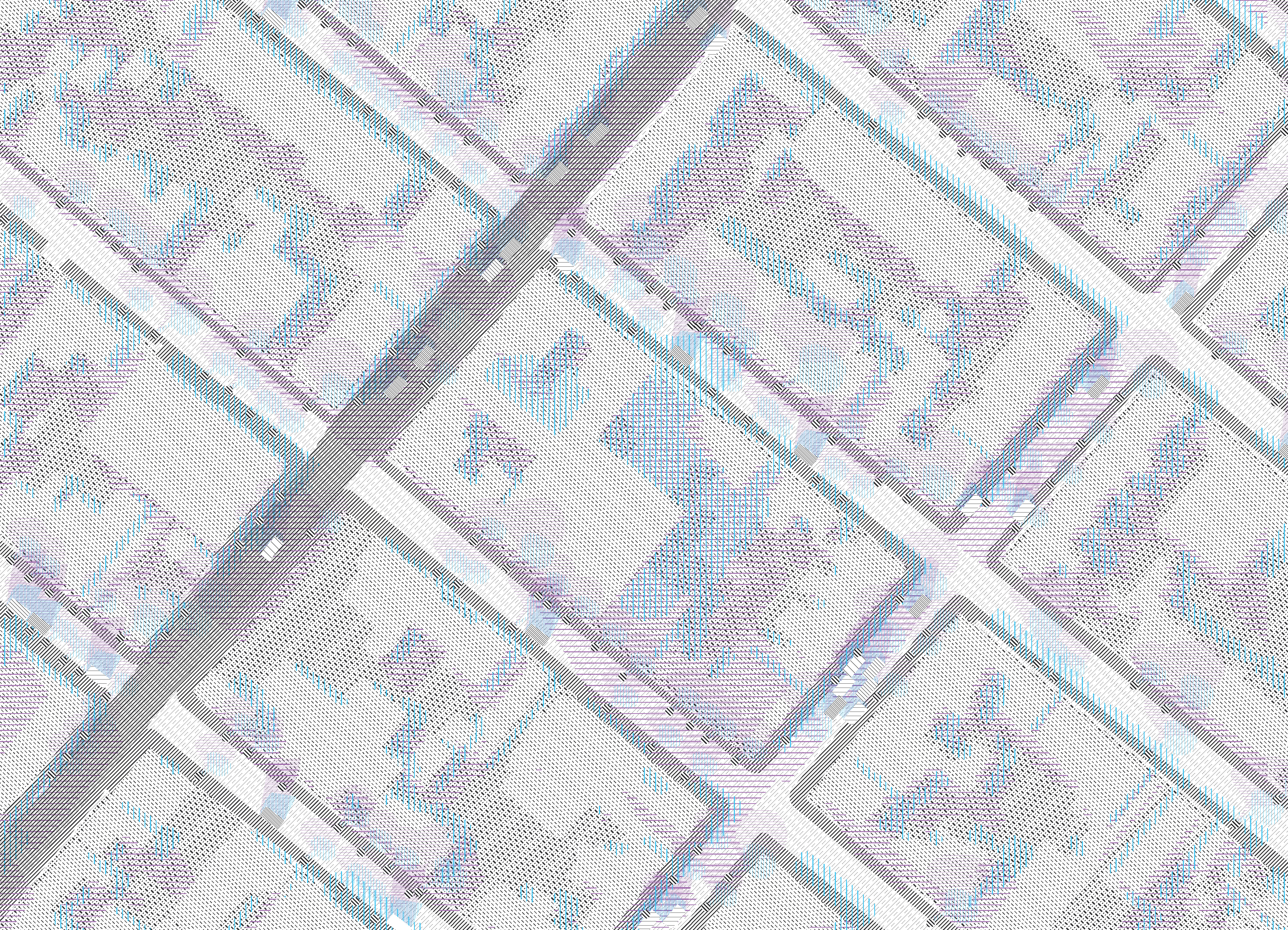
Williamsburg
Brooklyn
Nolita
Manhattan
The owner of an antique store gets approval from municipal authorities for the interim use of a city-owned empty lot. Over many years, he plants a garden and places antiques inside for the exclusive use of his store. The public could experience it from behind a fence or reach it through the store, which has direct access to the lot. One day, when the city announced plans to develop the lot for affordable senior housing, the owner creates a nonprofit organization, opens Elizabeth Gardens to the public, and advocates for its use as a public space. Though the garden has become an oasis for neighborhood residents and visitors, its future will be determined in court, as both green spaces and affordable housing are in scarce supply.
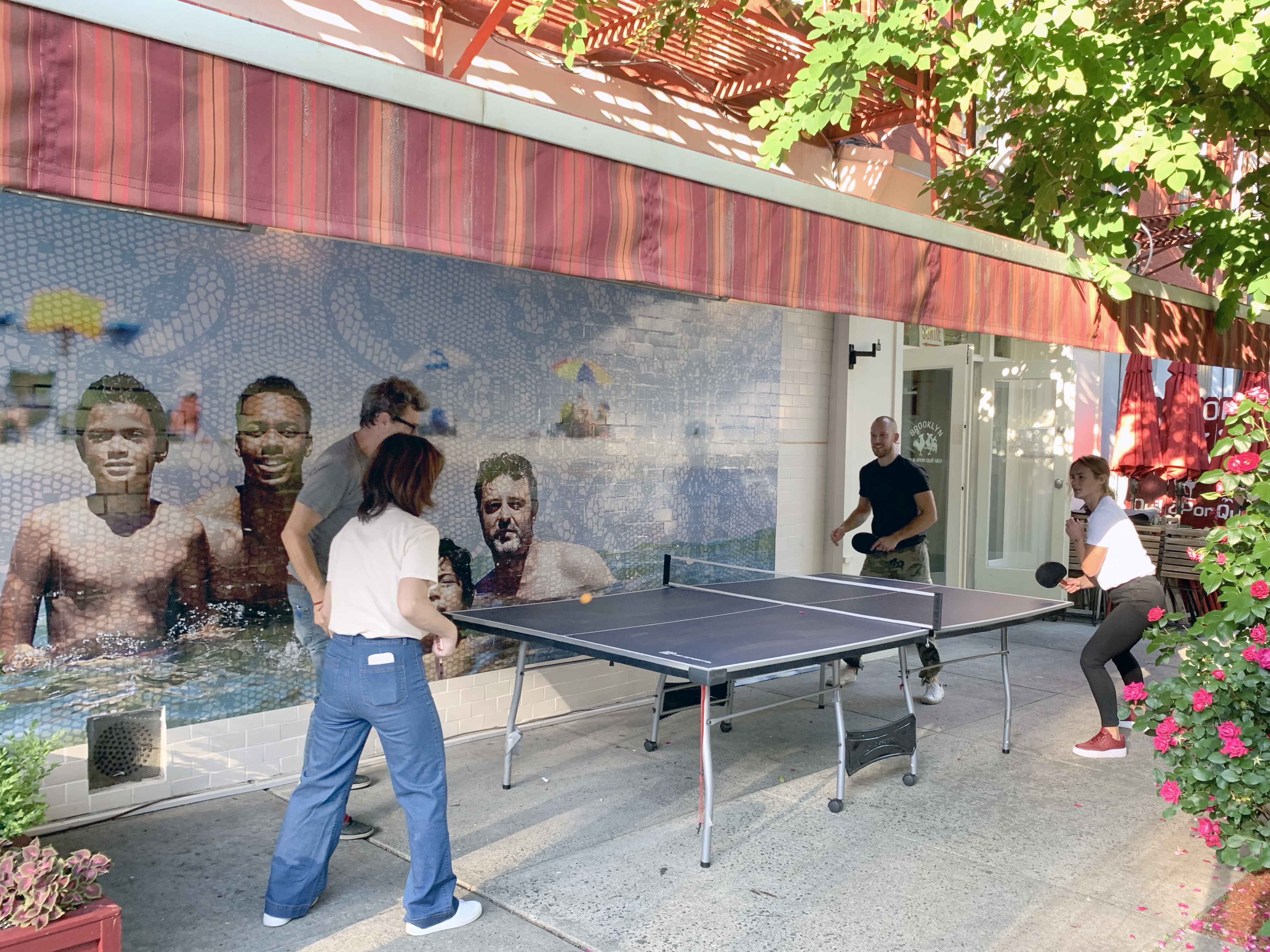

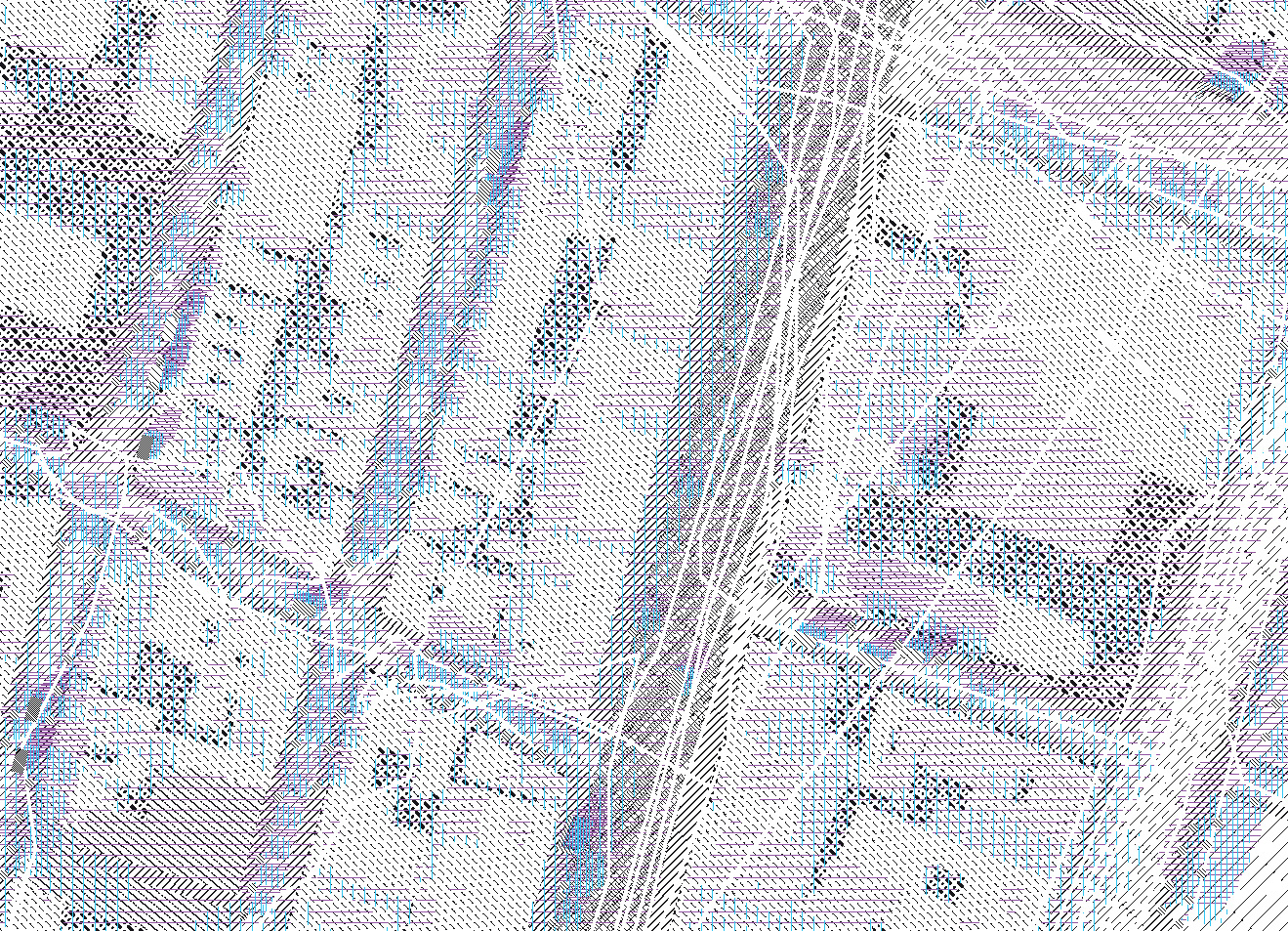
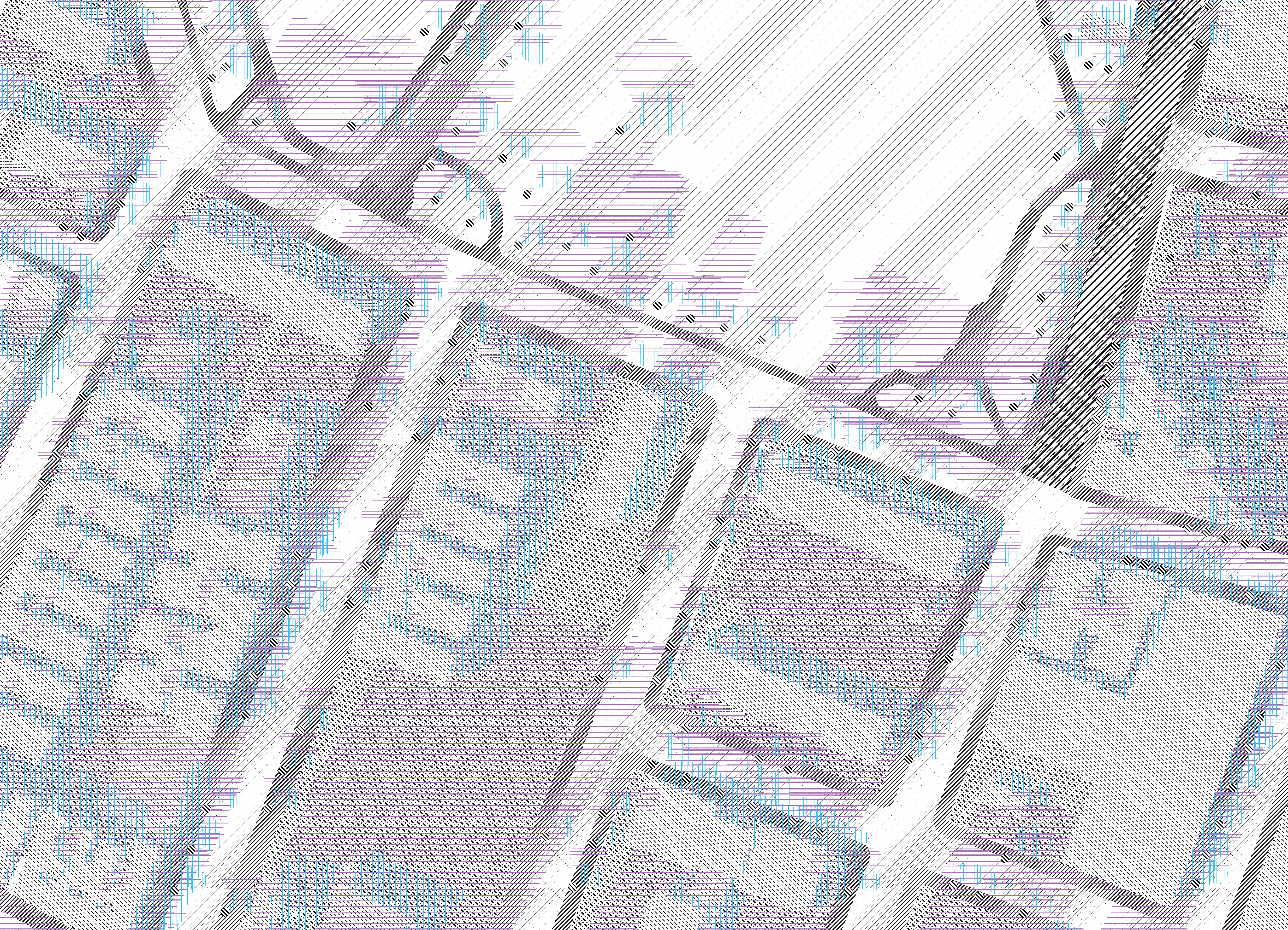 St. Mary Park
St. Mary ParkBronx
As an anchor park in the Bronx, it is the site of New York’s first indoor recreation center. Its location in the park allows for public programs that are both indoors and outdoors. The center has a temporary outdoor library, and art stations for children are periodically set up. Tents for shade and bookshelves with wheels are provided to negotiate the unpredictability of the weather. Unlike in an interior library, reading out loud is encouraged and provides the comfort level of an informal engagement in urban nature.
Project Team: Phu Hoang, Rachely Rotem, Alice Fang, Ilse de Sutter, Diego Fernandez Morales, Jiri Vala, Tom Sterling, Brenda Lim
